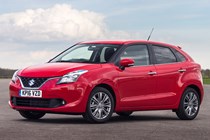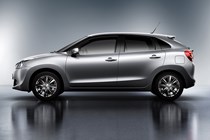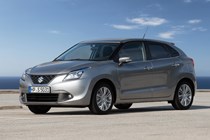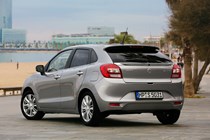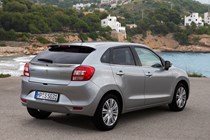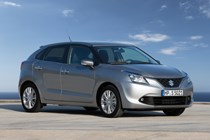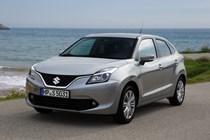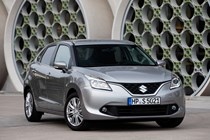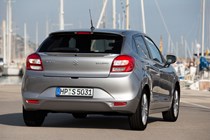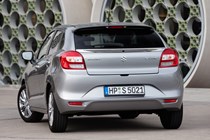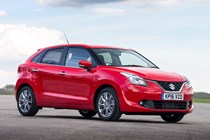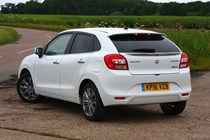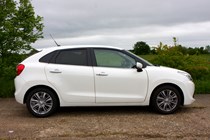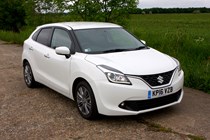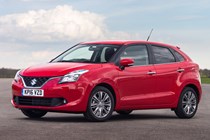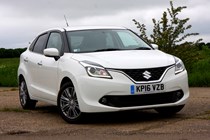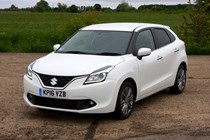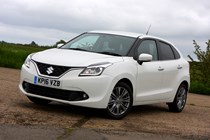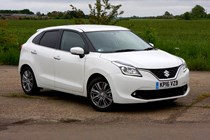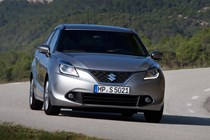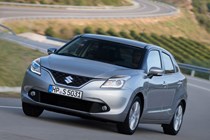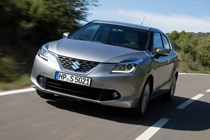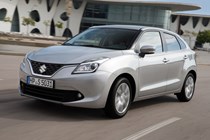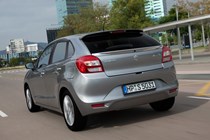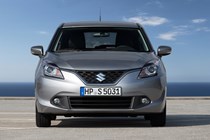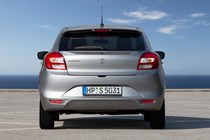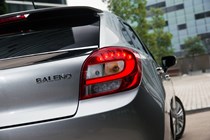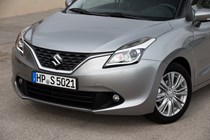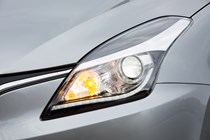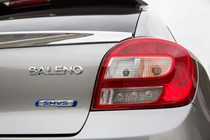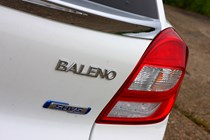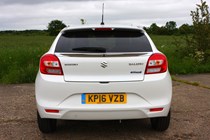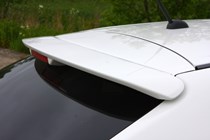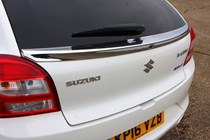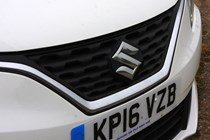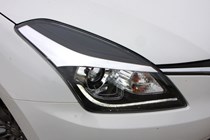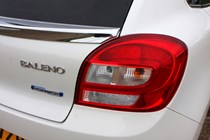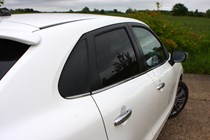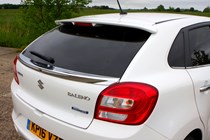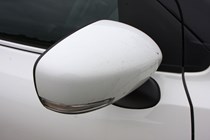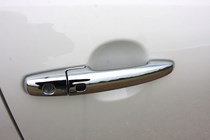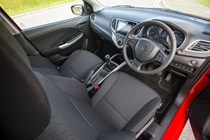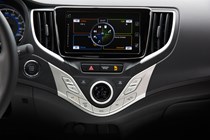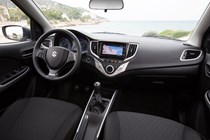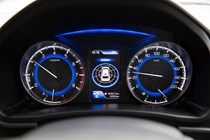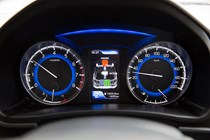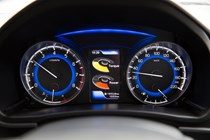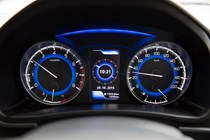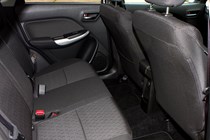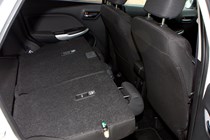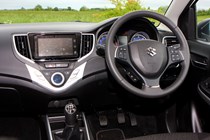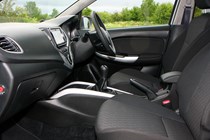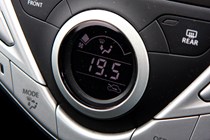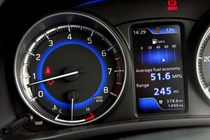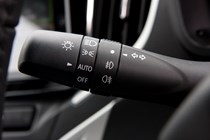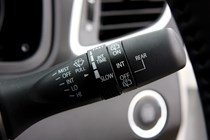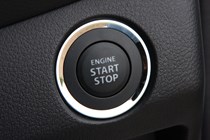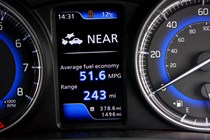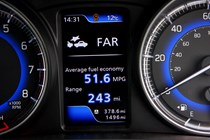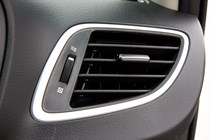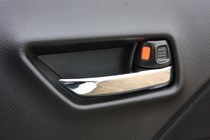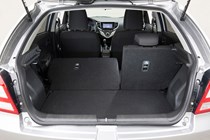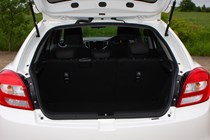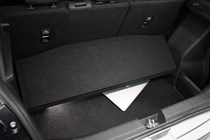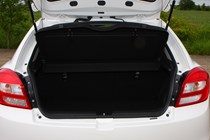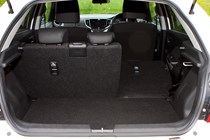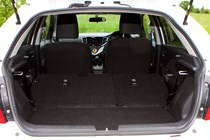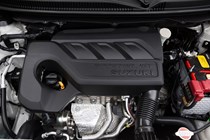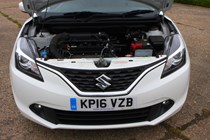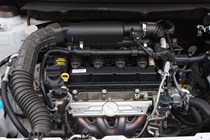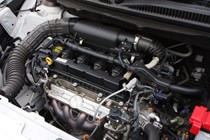
Suzuki Baleno Hatchback (2016-2019) engines, drive and performance
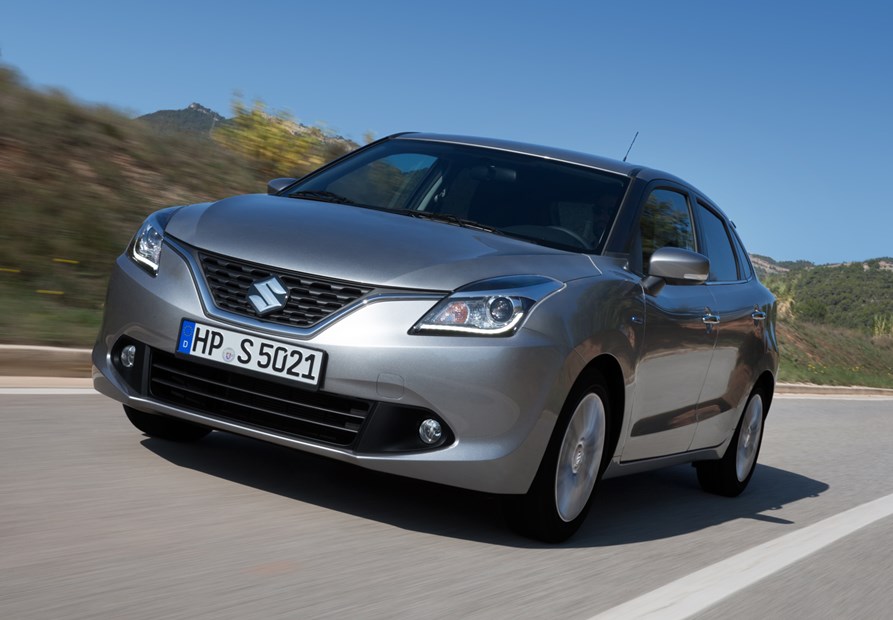
- Two engines
- Manual and auto gearboxes
- Engaging performance
There’s a trio of petrol powertrains on offer here, and while the Suzuki Baleno’s performance figures haven’t been confirmed yet, we came away impressed overall with the way the engines and gearboxes drive.
The 1-litre Boosterjet engine
This is our pick of the engines. It’s an all-new three-cylinder turbocharged unit that develops 100bhp and 170Nm between 2,000 and 3,500rpm.
We don’t have performance figures for the Baleno at this point, but our tester made an estimated guess of a 0-62mph sprint in around 10.5 seconds. That isn’t the surprising bit about this engine, though. It’s the way it makes its power than impresses most. The turbocharger wakes up incredibly quickly, providing extra torque at 1,500rpm and ramping up seriously quickly to its maximum 500rpm later. This makes for a very exciting drive, and the boost continues frantically towards the peak power output at 5,500rpm.
Choice of gearboxes with Boosterjet
Your gearbox choices on the 1-litre are a five-speed manual or a six-speed automatic, and both certainly have their merits. The former makes for an engaging enough drive, though with the engine’s revvy nature we’d have preferred a shorter throw between the gears and a nicer quality of gearknob.
We actually preferred the automatic on the cars we drove, because it made the engine feel more responsive and seemed to marry with the car better. It’s also far better to drive than the CVT type of gearbox in some rival cars (such as the Honda Jazz), but there’s a penalty to pay in terms of efficiency and running costs.
It’s worth noting that the cars we drove were very early pre-production models, over six months before the true UK launch date of the car, and Suzuki’s engineers claim there is more refinement to come.
The 1.2 Dualjet SHVS engine
Slightly less performance is on offer along with lower running costs if you pick the 1.2-litre engine. Its SHVS system is the most notable thing here, which in effect is a stop/start system featuring an extra battery to re-start the engine. This drives CO2 output down, which makes it the choice for those who value the lowest-possible tax bills.
It goes without a turbocharger, which means on initial prod, the throttle is quicker to respond than the Boosterjet, but it’s nowhere near as exciting.
The five-speed gearbox mentioned above is the very same unit, and subject to the very same on-going development. No automatic is available at this time.
- More comfortable than sporty
- Easy to manoeuvre
- Automatic handles best
Traditionally this is something Suzuki has excelled at, and the Baleno does handle well. Sporty drives are better enjoyed in the similarly-sized Swift, though, with ride comfort higher on the agenda for this car.
With that in mind there’s decent suspension travel, so inevitably a bit of lean in the corners, but it’s not the end of the world in this respect. We actually applauded its absorption of bumps and holes in the road, finding only larger obstacles thumping their way through the cabin.
The steering isn’t the final word in feedback, but it’s precise and weighted well for its target audience, offering easy parking thanks to a small turning circle and good visibility. We suspect more work will be done here too, but initial evaluation bodes well. Interestingly, we found cars equipped with the automatic gearbox and Boosterjet engine to be the pick of the bunch in this respect, presumably because of the extra weight of the self-shifting gearbox. This could easily change before we drive the car on UK roads, though.


